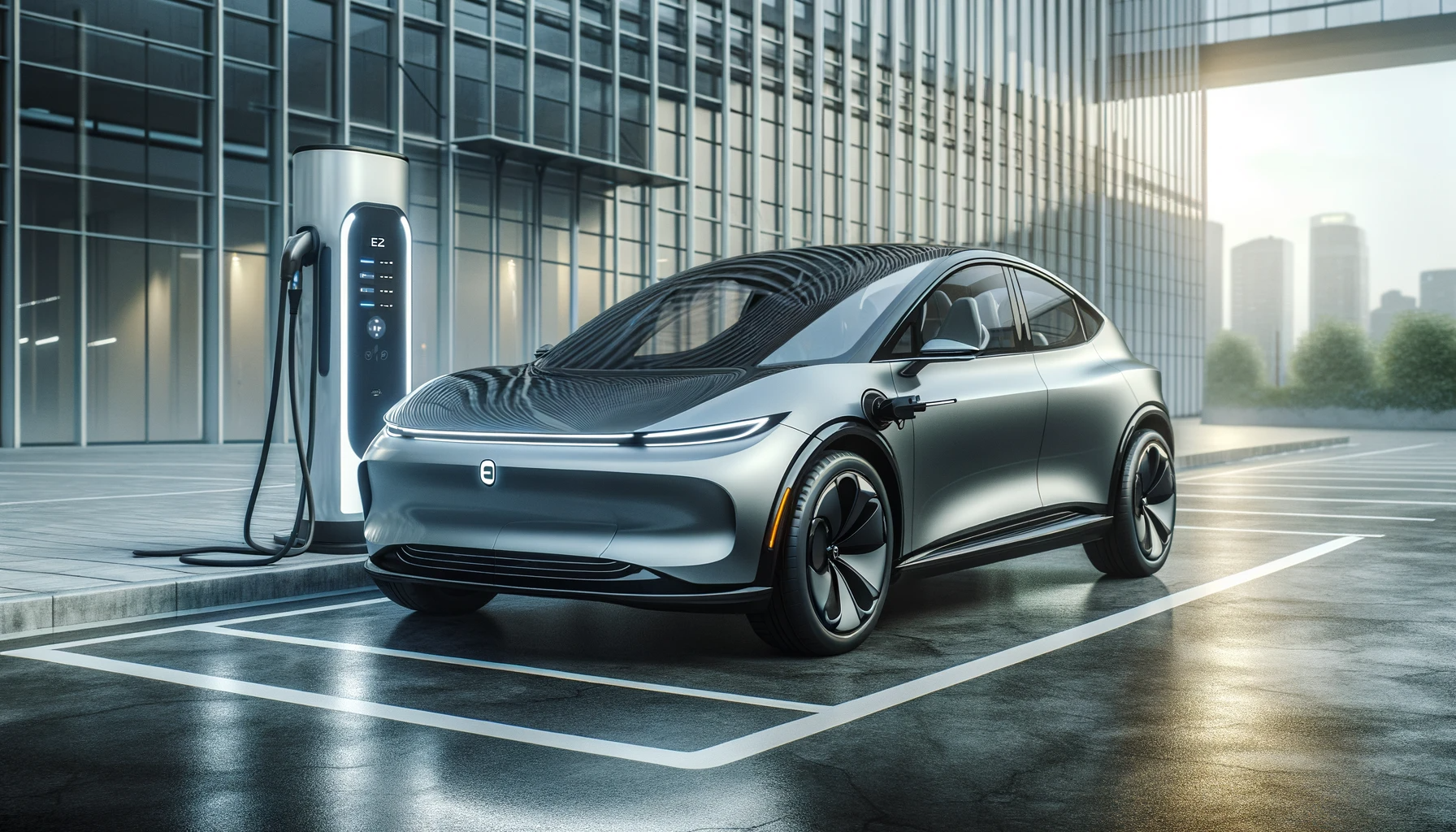Charging Forward: The Latest Trends and Innovations in Electric Vehicles
The automotive industry is experiencing an electrifying transformation, with electric vehicles (EVs) at the forefront of this change. The last decade has seen remarkable advancements in EV technology, making them more accessible, efficient, and sustainable. In this blog post, we explore the latest trends and innovations in electric vehicles that are shaping the future of transportation.
Contents
The Rise of Electric Vehicles
The shift towards electric vehicles is driven by a combination of environmental concerns, technological advancements, and changing consumer preferences. Governments around the world are setting ambitious targets for EV adoption, further fueling this growth.
Advancements in Battery Technology
The heart of an electric vehicle is its battery, and recent advancements have significantly improved their efficiency and lifespan.
- Solid-State Batteries: The development of solid-state batteries promises higher energy density, faster charging times, and improved safety.
- Battery Swapping Technology: Companies like NIO are pioneering battery swapping technology, where depleted batteries can be quickly exchanged for charged ones, eliminating long charging times.
Enhanced Charging Infrastructure
A robust charging infrastructure is vital for the widespread adoption of EVs. Significant investments are being made to expand charging networks.
- Ultra-Fast Charging Stations: New charging stations are capable of delivering up to 350 kW, enabling EVs to charge in minutes rather than hours.
- Wireless Charging: Wireless EV charging, still in its nascent stage, offers the convenience of charging vehicles without the need for physical connectors.
Range Improvements
One of the biggest concerns with EVs has been their limited range. However, recent models are breaking these barriers.
- Long-Range EVs: Cars like the Tesla Model S and Lucid Air are offering ranges exceeding 500 miles on a single charge.
- Efficiency Innovations: Aerodynamic designs and regenerative braking systems are improving the overall efficiency and range of electric vehicles.
Integration of Renewable Energy
The integration of renewable energy sources with EV charging is a growing trend, further reducing the carbon footprint.
- Solar-Powered Charging Stations: Solar energy is increasingly being used to power EV charging stations.
- Vehicle-to-Grid (V2G) Technology: This technology allows EVs to return energy to the grid, especially during peak demand times, essentially turning cars into mobile energy storage units.
Autonomous and Electric: A Synergistic Future
The future of EVs is closely tied to the development of autonomous driving technology. Many believe the first fully autonomous vehicles will be electric.
- Self-Driving EVs: Companies like Tesla and Waymo are integrating autonomous technology with electric powertrains.
- Shared Electric Autonomous Vehicles: The concept of shared, driverless, electric taxis could revolutionize urban transportation.
Electric Commercial Vehicles
The electrification of commercial vehicles is rapidly advancing, with implications for the logistics and transportation industry.
- Electric Trucks: Companies like Tesla with its Semi and Rivian with its electric trucks are venturing into the commercial space.
- Electric Public Transport: Cities around the world are adopting electric buses, reducing emissions and noise pollution.
User-Centric Designs and Features
EVs are not just about sustainability; they’re also pushing the boundaries in terms of design and user experience.
- Futuristic Designs: EVs offer more flexibility in design, leading to innovative and often futuristic vehicle shapes.
- Smart Features: Many EVs come equipped with advanced infotainment systems, enhanced connectivity, and personalized settings.
The Economics of Electric Vehicles
The economic landscape for EVs is shifting, making them more affordable for a broader range of consumers.
- Decreasing Battery Costs: As battery technology improves and production scales up, the cost of batteries is decreasing.
- Government Incentives: Many governments offer tax incentives and rebates to encourage EV adoption.
Challenges and the Road Ahead
Despite the rapid advancements, challenges remain in the quest for an all-electric future.
- Raw Material Supply:*The demand for materials like lithium and cobalt for batteries raises concerns about supply and environmental impact.
- Recycling and Sustainability: Developing efficient recycling methods for EV batteries is crucial for long-term sustainability.
Electric vehicles are more than just a trend; they represent a significant shift in how we think about transportation. With continual advancements in technology, infrastructure, and design, EVs are becoming increasingly appealing to a wide range of consumers. The integration of EVs with renewable energy and autonomous technology paints a promising picture for the future of sustainable and intelligent transportation. While challenges remain, the progress made so far is undeniable, and the journey ahead for electric vehicles is as exciting as it is important for our planet. As we charge forward, the electric vehicle revolution is set to redefine mobility, efficiency, and environmental responsibility.

